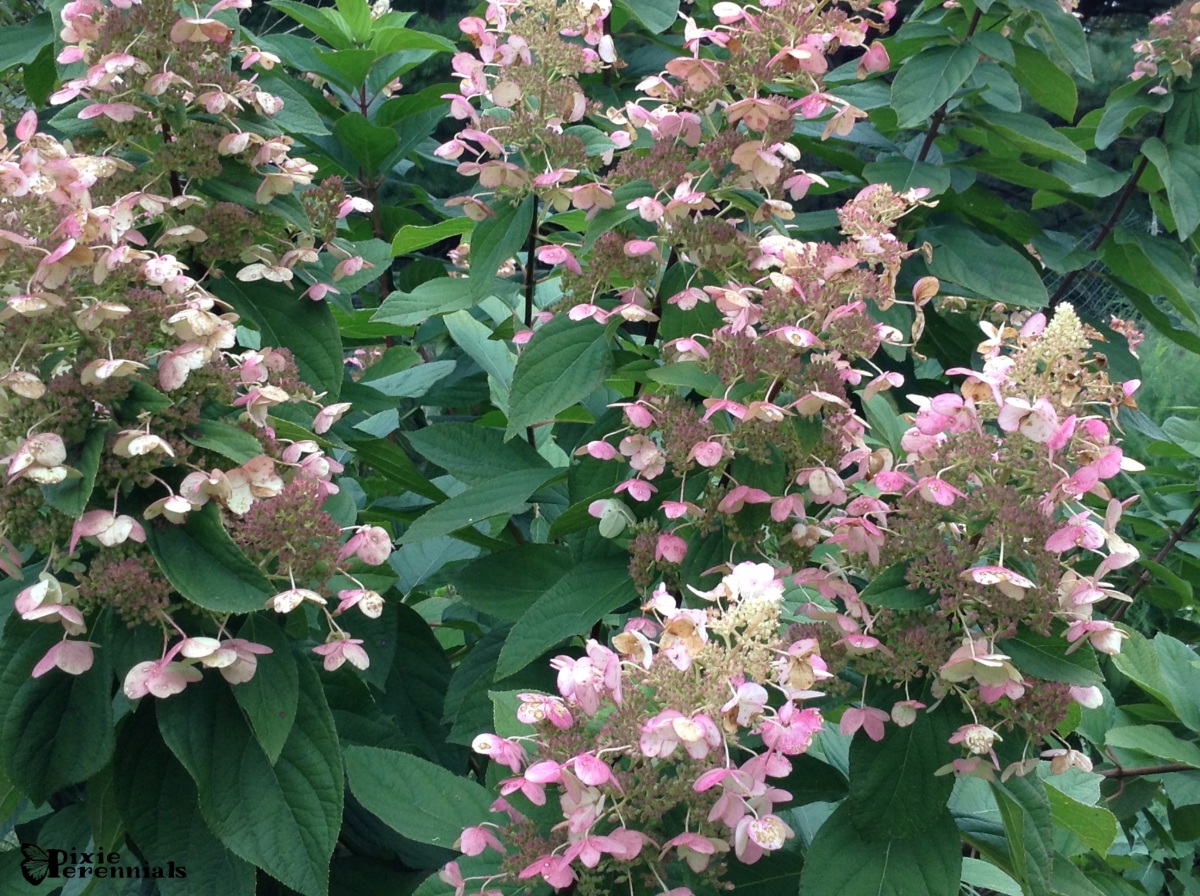During the spring we generally receive a sufficient amount of moisture. Spring to summer is probably the most critical transitional period because moisture levels can drop quickly and soil moisture availability rapidly declines. This situation can be exacerbated by overly hot and windy conditions.
When plants start to show signs of stress by wilting permanent damage to the vascular system may have already occurred. Prevention is the key; therefore we have prepared the following guidelines on the basics of proper watering procedures.
Time of Day to Water
The BEST time to water is about 3 a.m. to 10 a.m. At this time the air is cool and very little evaporation loss occurs before the water reaches the ground. When the sun rises and the air warms, the liquid quickly evaporates from the leaves. Watering early in the evening encourages fungal infection (fungal infections thrive in cool wet conditions); watering in the heat of day is bad because much of the water evaporates before reaching the ground. This accelerates buildup of soluble minerals in the soil that over along time can be ruinous to soil health.
Accurate Measuring
When you water, water deeply. This means water for a long time, allowing the water to soak into the ground. Ideally, you should provide one inch of water with every soaking, but not more than once per week.
Remember to take rainfall into consideration when monitoring your watering. Use a rain gauge to monitor the amount of water your landscape receives from rainfall and your irrigation system (if applicable).
Be careful…you can over water your plants! Roots need both water and oxygen to thrive. Over watering can kill plants because constant moisture suffocates the roots, thereby causing them to die and rot. Inspect the area BEFORE watering by tunneling with a deep root feeder or stake. If the soil is dry on top, it might still be moist underground and not need water.
Newly Planted Trees
When watering newly planted trees, remove the nozzle from your hose, wrap the hose in an old bath towel (so it will disperse the energy of the spray) and set the hose at the base of the tree. Water the area at a low pressure every other day (45 to 60 minutes) for 3 to 4 weeks, based on your soil conditions. Make certain to change the position of the hose to water evenly.
Newly Planted Shrubs
Shrubs can be watered similarly to trees except the time frame drops to 10 to 15 minutes each. Avoid watering foliage, most plants DO NOT like being watered from above because moisture build up on leaves encourages fungal problems.
For more information there is a great article by the University of Illinois Extension.








